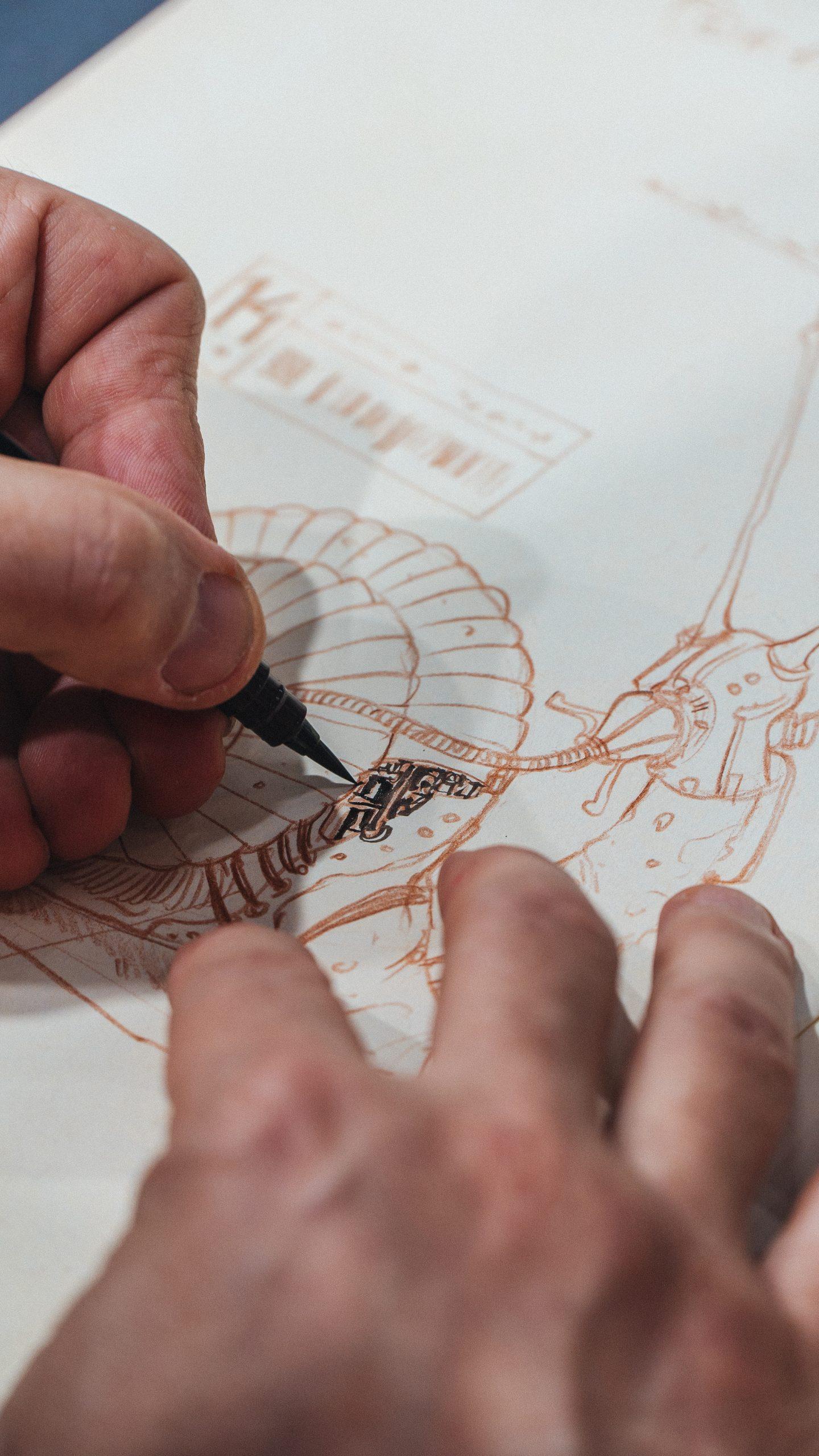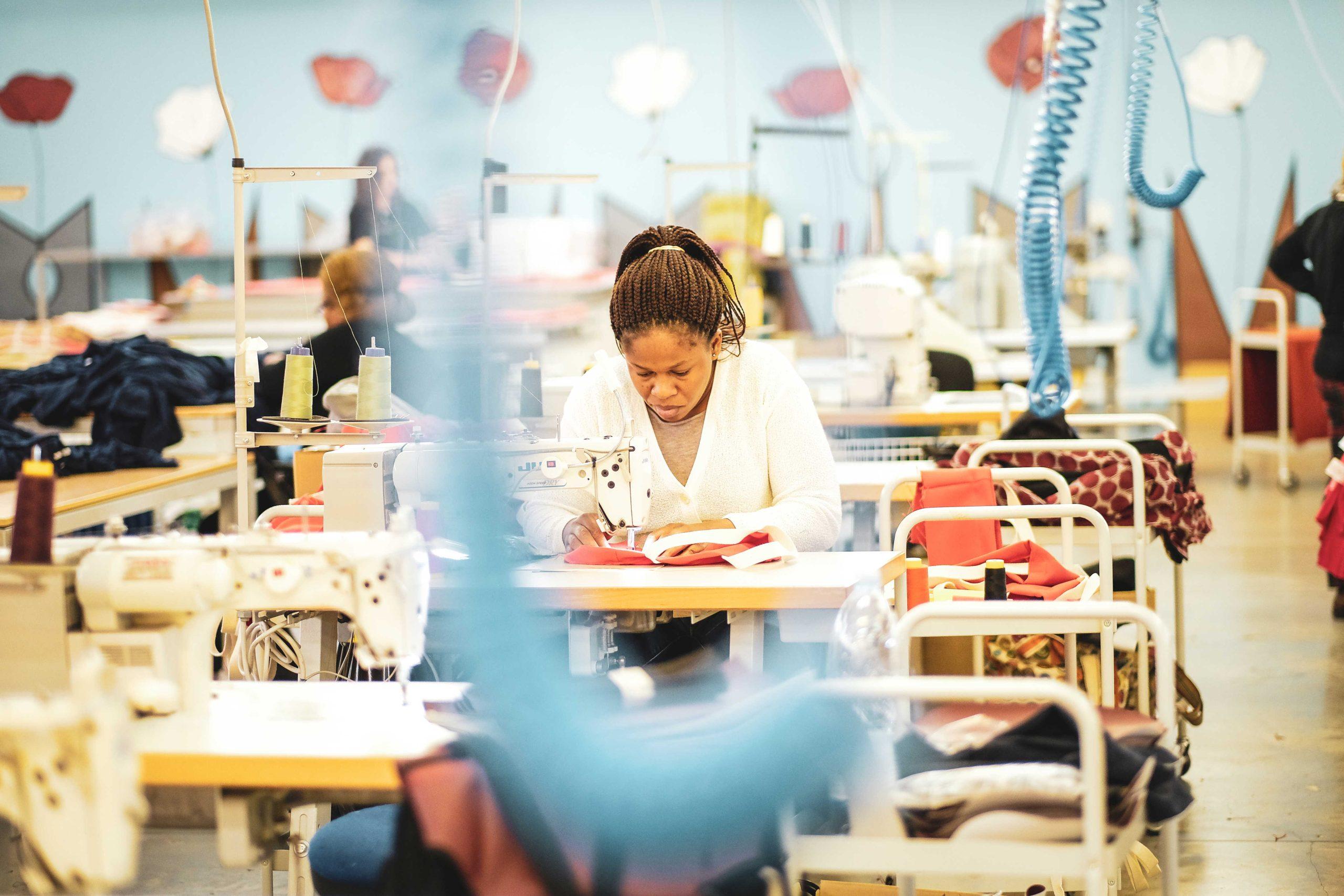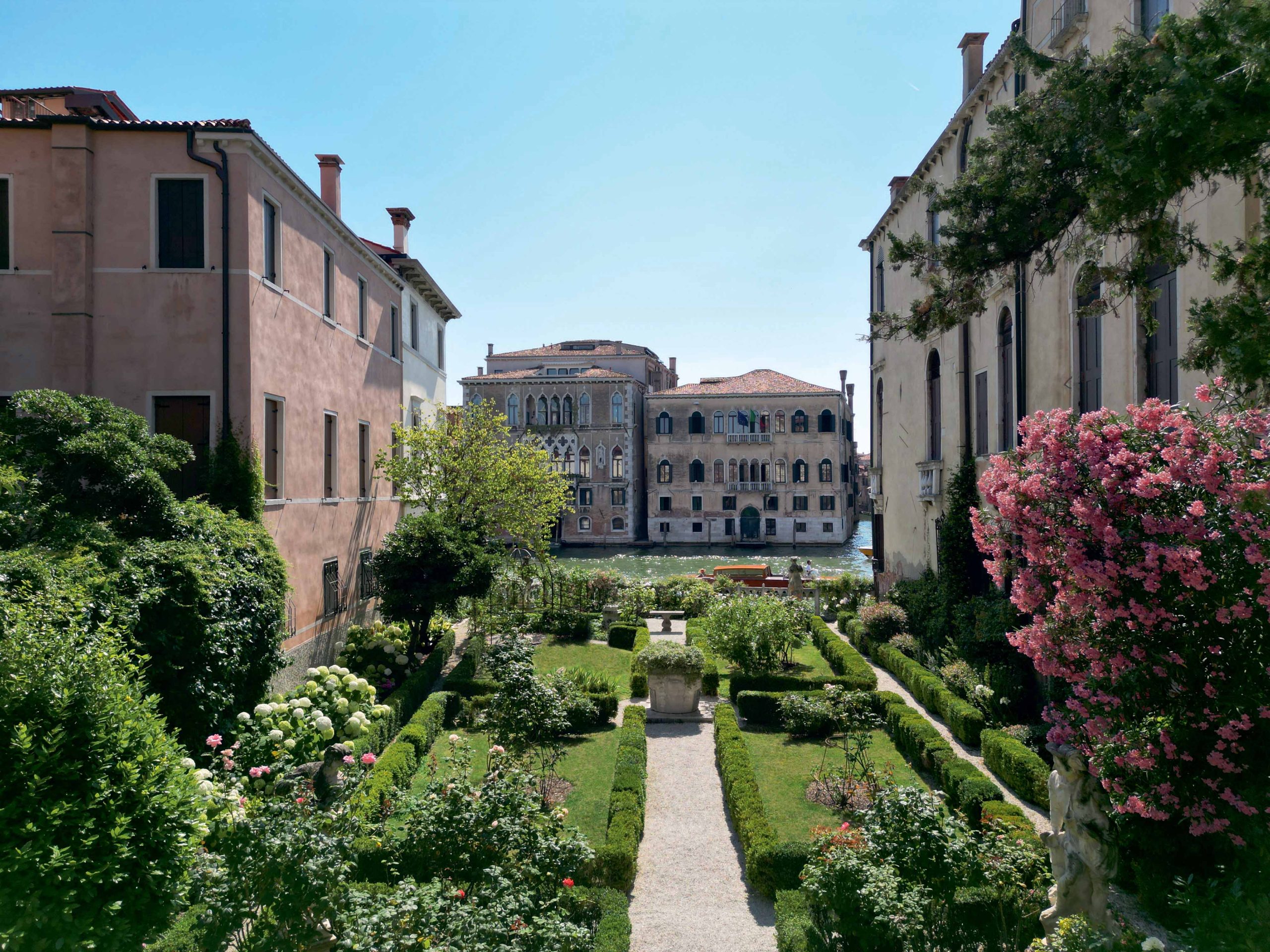What role and value do company art collections have? And what has been the reasoning behind their development? We asked this and much more to Ilaria Bonacossa, editor of the book Il segno dell’arte nelle imprese. Le collezioni corporate italiane per l’arte moderna e contemporanea, published by Marsilio Arte
Corporate collections constitute a very rich heritage and are evidence of a patronage that has positive repercussions not only on the life of the company, but also on the artists involved. The book presented by Confindustria and edited by Ilaria Bonacossa, in collaboration with Marianna Agliottone, Costantino D’Orazio and Marilena Pirrelli, focuses on a nucleus of companies in Italy and their extraordinary collections. We put a few questions to Ilaria Bonacossa.
The book offers an overview of corporate collections of modern and contemporary art in Italy. What are the peculiarities that distinguish them and what are the intentions behind them?
The collections described in the book were founded out of a passion for art, in most cases contemporary, on the part of the company founder/shareholder. Only later do they become a communication or social corporate responsibility tool. The unusual feature of this publishing project is that the literature on the subject offers statistical or quantitative analyses (how many companies, budgets, how many works), but in this volume for the first time the analysis is qualitative. What works and media do they collections contain, where are they, and how much and when can they be enjoyed by employees and the public. All this is set out in the volume, and a significant link emerges between companies, their territory and the ability of art to create community.
In the light of this overview, what role does collecting play in defining a company’s identity?
Collecting impacts a company’s ability to innovate and stimulates creative thinking in employees. Moreover, thanks to the collection, the specific identity of each company becomes easier to tell and share. However, it is important to remember that these collections often arise instinctively through encounters and somehow develop organically as if each acquisition influences the next.
What are the positive effects of corporate collecting, not only on the life of the company, but also on the territory in which the company operates, on the community within that territory and on the contemporary artists who come into contact with the businesses?
I believe that this form of collecting is important for the Italian market because of its extension and constancy. It also underlines how the artists chosen by companies are considered by the market as a safe investment and therefore this leads their prices to rise. Furthermore, the fact that other people come to these companies for meetings and business get-togethers leads to a healthy emulation that helps this type of collecting to spread.
In your text in the book you write that “there is a female propensity that emerges for site-specific commissions linked to the direct relationship with artists and that anticipates the acquisition of works of art”. Can you tell us more about this?
Some companies that collect contemporary art adopt an interesting procedure: they invite artists to experience the life of the company and develop a work that is produced as site-specific and installed in a specific location. This offers artists, usually emerging artists, the opportunity to work in a specific context and also to develop a relationship with those who work in the company. And on the whole, the decision to operate in this way is in most cases triggered by female entrepreneurs. This might simply be accidental or it might be linked to the desire to “curate” their collection by commissioning specific productions.
Interview by Arianna Testino
BIO
Ilaria Bonacossa is the director of the National Museum of Digital Art in Milan, one of the newest autonomous museums established by the Ministry of Culture in 2021. The museum, which will be housed in the Art Nouveau spaces of the former Albergo Diurno of the City of Milan, will open to the public in 2026 on the occasion of the Winter Olympics. It has been operating since 2022 in synergy and collaboration with other non-profit institutions in the investigation of contemporary digital art through exhibitions, conferences and performance events. A curator and art critic, with an important corpus of publications and catalogues in several languages supporting the numerous exhibitions she has curated in Italy and abroad, she was, from 2017 to 2021, Director of Artissima, Turin’s International Contemporary Art Fair, and since 2019 she has been leading the second-level academic Master in Contemporary Art Markets at NABA (Nuova Accademia di Belle Arti, Milan). Graduated in Contemporary Art History at the University of Milan, she holds a master’s degree in Curatorial Studies from Bard College, Center for Curatorial Studies, New York, where she collaborated with the Whitney Museum for the 2002 Biennial. Curator for nine years at the Fondazione Sandretto Re Rebaudengo in Turin, in 2007 is a member of the Jury for the Golden Lion at the 52. Venice Art Biennale. In 2013 she curated Katrin Sigurdardottir’s project at the Icelandic Pavilion at the Venice Biennale. From 2012 to 2016 she was director of the Museo Civico di Arte Contemporanea, Villa Croce, Genoa, and curator of the permanent contemporary art installations of Antinori Art Projects. Bonacossa has been a member of the Technical Committee for acquisitions of the FRAC Provence-Alpes Côte d’Azur museum in Marseille, of the Scientific Committee of the PAC (Padiglione Arte Contemporanea) for the Municipality of Milan, of the Selection Committee for the Prince Pierre Prize, Montecarlo, as well as director for Italy of the international Artist Pension Trust programme. Since 2016 she has been Artistic Director of Fondazione La Raia and from 2021 to 2023 of Arts and Culture Liaison for Riyadh Art, a project of Public Art spread in Riyadh, Saudi Arabia.

Yang Zhenzhong, Disguise, 2015, video (still), Elica China, Shengzhou, Cina
Related products
Related Articles







